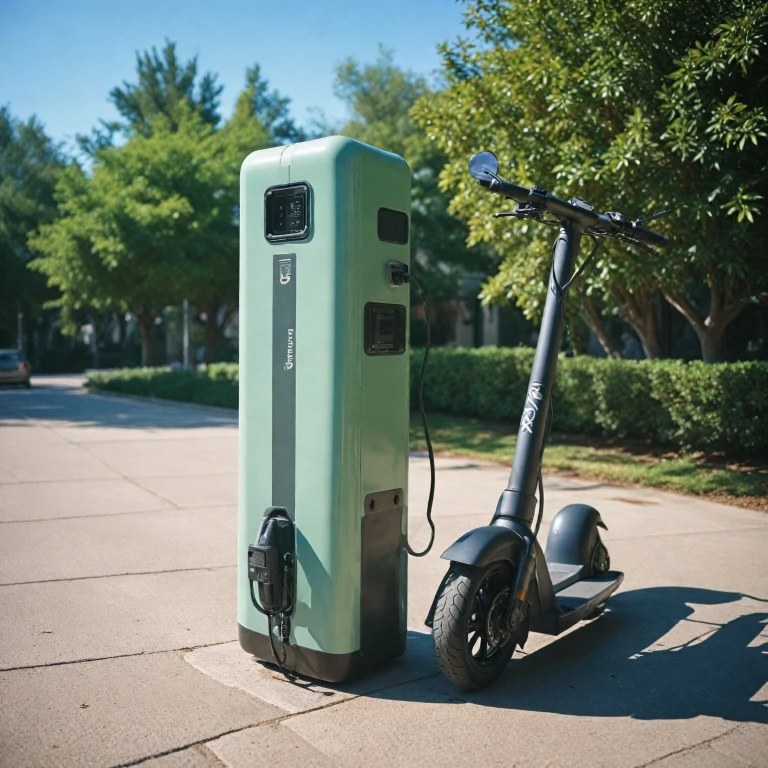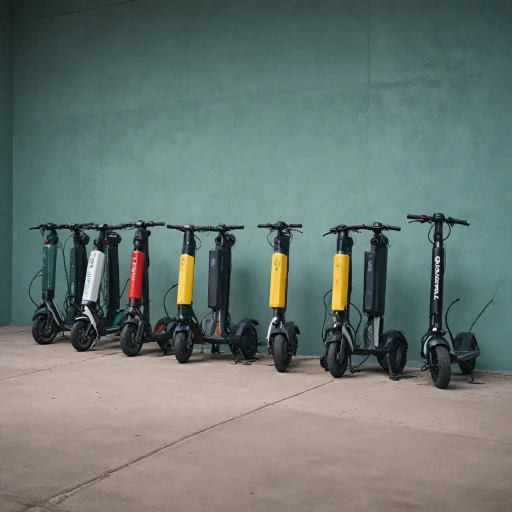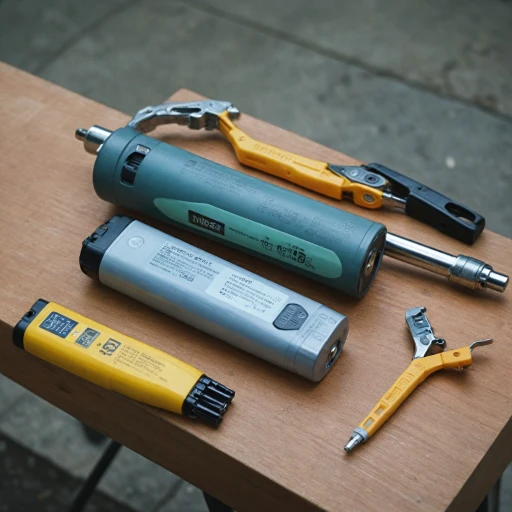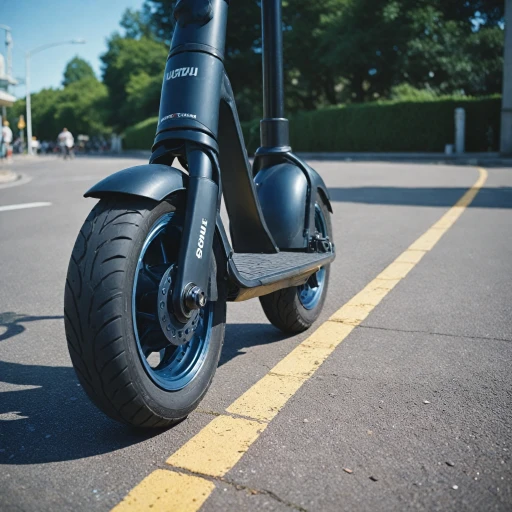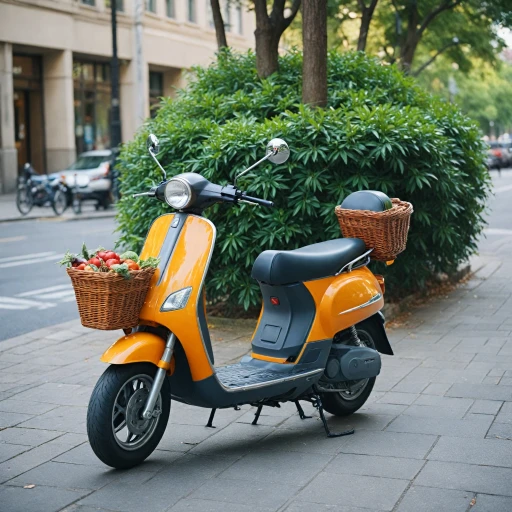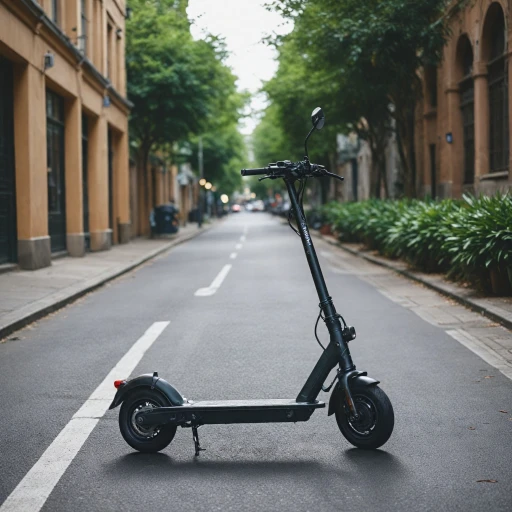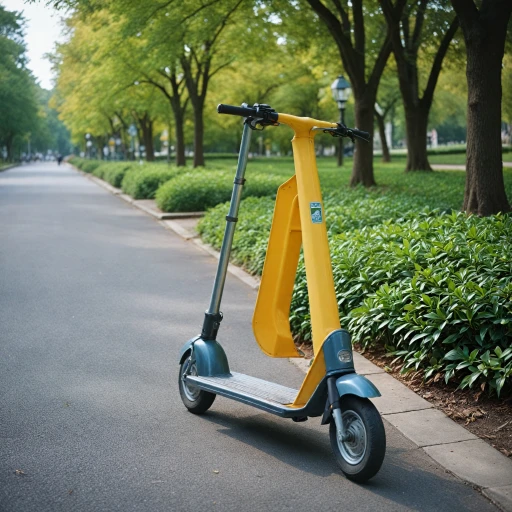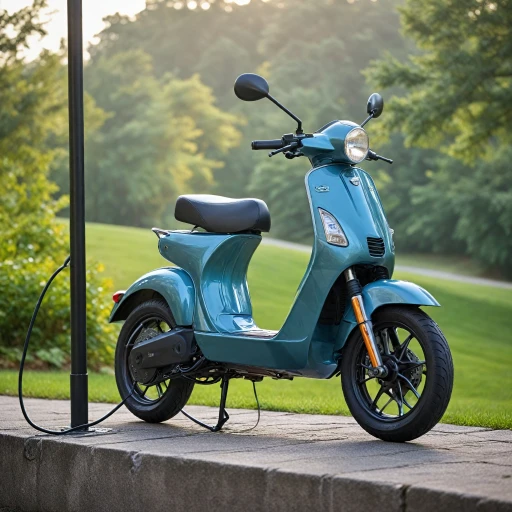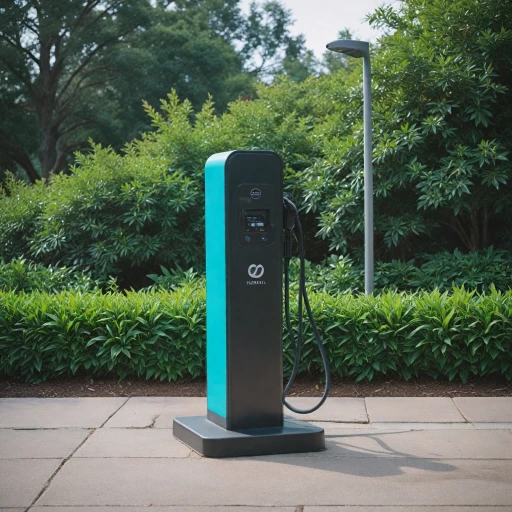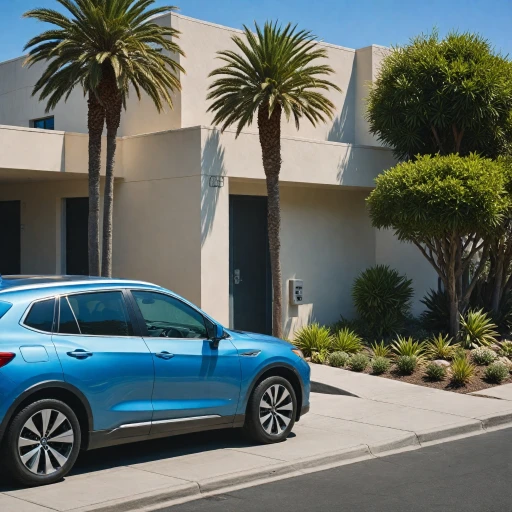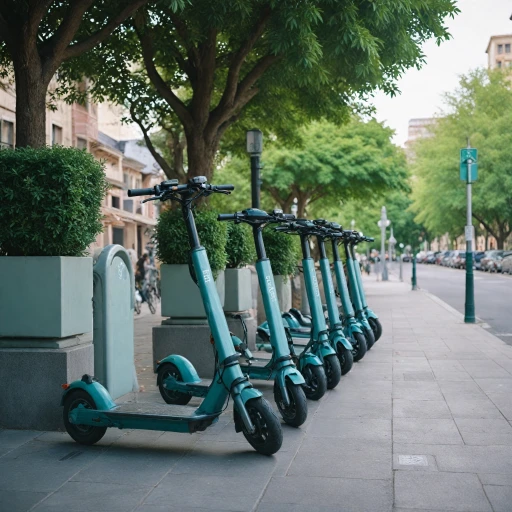
Types of Scooter Chargers
The Diversity of Electric Scooter Chargers
Electric scooters have gained popularity, making the associated charger an essential component of the ride experience. Chargers convert electrical power to the correct volt and amp levels that your scooter requires, ensuring efficient battery charging. Understanding the different types of chargers available can help you make informed decisions.
- Standard Chargers: Typically included with scooters, these are suitable for regular charging needs. They come with specific charger pins or ports, like the charger pin or xlr pin, to connect to the battery.
- Fast Chargers: Offering a higher amp rate, these chargers reduce charging time significantly. Although at a higher price, they are ideal for those who need to recharge in a hurry.
- Smart Chargers: These units automatically adjust the charging current based on the scooter's battery condition, thus optimizing the battery's lifespan and reducing the risk of overcharging.
- Universal Chargers: Designed to be compatible with multiple models of scooters, thanks to interchangeable cables and plugs, though users should ensure matching volt amp specifications.
In subsequent sections, we'll delve into how to select the best charger for your scooter and discuss common issues you might encounter with them.
Choosing the Right Charger for Your Scooter
Key Factors to Consider When Selecting Your Scooter Charger
Choosing the right charger for your electric scooter is crucial in maintaining your scooter's battery health and ensuring reliable performance. Here are some insights to help you make an informed decision:- Compatibility with Battery Specifications: Before buying a charger, check the battery specifications of your electric scooter. The charger should match the battery's volt (V) and amp (A) requirements to ensure efficient and safe charging.
- Type of Charger Plug: Determine the type of charger plug your scooter requires. Some common plug types include regular, XLR, and pin configurations. Ensuring the charger pin fits the scooter’s charging port seamlessly is vital for proper connection.
- Price Considerations: Chargers can vary in cost. Assess the unit price, sale, and regular prices to find a charger that fits your budget while meeting your scooter’s needs. Sometimes investing a bit more can lead to a longer lifespan and enhanced charging efficiency.
- Automatic Battery Detection: Opt for chargers with automatic battery detection capabilities. These devices adjust the power and charging rate according to the battery’s needs, reducing the risk of overcharging and extending battery life.
- Power Output: Evaluate the charger’s power output, often measured in volt amps (VA). Higher power output units might reduce charging times but ensure it's suitable for your battery setup to avoid potential damage.
Proper Charging Practices
Essential Charging Techniques for Optimal Performance
For anyone navigating the world of electric scooters, understanding the nuances of proper charging techniques can significantly enhance both scooter performance and battery longevity. Much like other battery-operated devices, electric scooters thrive on a well-maintained charging routine that caters to their unique power needs.
First and foremost, regular use of the correct charger, with appropriate volt and amp specifications, is crucial. Stick to chargers designed for your scooter's specific power ratings. Manufacturers typically match a charger to a scooter's volt amp requirements, ensuring safety and efficiency. When connecting to the scooter's power port, ensure the charger pin aligns correctly, whether it's a standard pin or an XLR plug, to prevent any port damage.
Avoid overcharging your scooter. Modern chargers often come with an automatic battery detection feature, pausing charging once the battery reaches full capacity—this protects against excess power retention, which can degrade battery health over time.
Timing your charging is also vital. Adopting a routine where you charge after each use or when the battery level drops below a certain percentage can keep the scooter's battery in its prime. This regular habit helps maintain battery optimal capacity and ensures you're always ready for your next ride.
Just as you've considered charging station options, consistent at-home charging routines are equally important. Make sure to use a reliable power source, avoiding any fluctuating voltages that might disrupt the charging cycles. A stable charger power source contributes to a steadier power flow, ensuring the battery charger operates efficiently.
Common Charger Issues and Solutions
Solving Common Issues with Electric Scooter Chargers
When dealing with electric scooter chargers, it's important to recognize and address common issues that may arise. Proper maintenance and understanding the functionality of components such as the charger pin or plug can prevent disruptions in your charging routine.- Loose Connections: A frequent issue is loose connections at the scooter’s charging port. Ensure the plug or pin xlr fits snugly into the port. Inspect the charger cable regularly to check if it's frayed or damaged, as this can hinder the power transfer to your scooter battery.
- Overheating Chargers: If your battery charger becomes excessively hot, it might not be compatible with your scooter’s volt and amp requirements. Make sure the amp charger specifications match the battery's needs. Providing adequate ventilation while charging helps prevent overheating.
- Charger Not Responding: If the electronic indicators don't show the regular charging signal, test the plug in a different wall socket. Ensure the power source is functioning properly. Sometimes using another battery charger can help identify if the problem lies with the charger or the scooter.
- Slow Charging: When your scooter takes longer than usual to charge, it can be due to age or an underperforming charger. Evaluate if a new charger for sale that matches your scooter's specific requirements offers better charging performance at a reasonable price.
Maintaining Your Scooter Charger
Caring for Your Scooter Charger
It's essential to maintain your electric scooter's charger to ensure both longevity and efficiency. A well-maintained charger not only extends the life of your scooter's battery but also prevents unexpected charging hiccups. Below are some effective maintenance tips:- Regular cleaning: Dust and debris can accumulate in the charger pin, plug, and cable over time, impacting the electrical connection. Use a dry, soft cloth to wipe down these parts regularly, ensuring that no power is being lost during charging.
- Proper storage: Ensure that your charger, whether it's a simple unit charger or a more advanced automatic battery charger, is stored in a cool, dry place. Avoid areas with excess moisture, as it could cause damage to the internal components.
- Check the connectors: Inspect the xlr connectors and other ports for any signs of wear or damage. Loose connections can lead to inefficient charging or even prevent the charge from starting.
- Monitor for overheating: When in use, an electric scooter charger can become warm, which is normal. However, excessive heat might indicate a problem. Regularly check the temperature and ensure there is adequate ventilation around the charger.
- Inspect the charger cable and pin: Over time, cables can fray and pins can become bent or corroded. Regularly examine these components and replace them if they show signs of wear to maintain efficient power delivery.
Future Trends in Scooter Charging Technology
Innovative Shifts in Electric Scooter Charging
The landscape of scooter chargers is evolving rapidly, driven by advancements in technology and a growing demand for sustainable transportation. The future of electric scooter charging holds some exciting transformations that are poised to make charging more efficient, faster, and convenient.
One of the key trends is the development of high-power fast chargers. These chargers are designed to boost the battery of electric scooters in a fraction of the time it currently takes. Leveraging higher voltage and amp capabilities, these units aim to reduce downtime and increase the time scooters can spend on the move.
Moreover, the integration of wireless charging technology is making strides. Imagine simply parking your scooter on a special pad and having it charge without any cables or pins. This technology, known for its potential in electric vehicles (EVs), is slowly paving its way into the world of scooters.
Another exciting development is the introduction of smart charging systems. These systems are capable of communicating with your scooter, providing insights into charging patterns, battery health, and even recommending optimal charging times based on usage data. Such innovations harness the power of IoT (Internet of Things) to make charging not just a task but an intelligent experience.
The rise of solar-powered charger ports is also noteworthy. These sustainable stations could be installed in public places, allowing scooters to charge without relying on the grid, thus promoting green energy use.
Portable and automatic battery chargers are gaining popularity as well. Designed for portability, they allow users to take them on the go, ensuring that you are never out of power wherever you are. Automatic features ensure that the scooter is charged optimally, preventing overcharging which can damage the battery in the long term.
As battery technology continues to advance, the integration of lighter and more efficient battery parts will complement these trends, paving the way for smarter and longer-lasting electric scooters. As always, keeping your charger in good condition is essential for benefiting from these technological advancements, as outlined in previous sections of this article.
In summary, the future of scooter charging is not just about speed but about creating an ecosystem that is efficient, intelligent, and environmentally friendly. These trends, while emerging, promise to redefine our understanding and expectations of scooter batteries and chargers alike.
